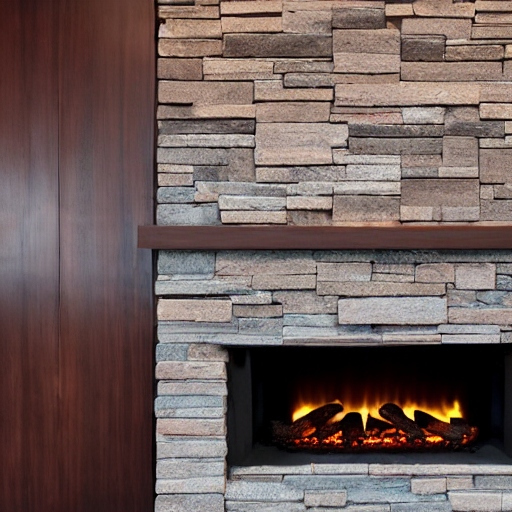Introduction
The allure of a crackling fireplace, casting a warm and cozy ambiance across the room, is a dream many homeowners cherish. However, the journey to install a fireplace has its challenges. As with any home improvement project, the devil is in the details, and understanding the potential pitfalls can make the difference between a seamlessly integrated focal point and a regrettable headache. In this exploration, we delve into the problems to look out for when installing a fireplace, shedding light on crucial aspects that can save homeowners time and money.
Inadequate Ventilation
Proper ventilation is paramount when installing a fireplace, whether a traditional wood-burning hearth or a gas-powered unit. Inadequate ventilation may lead to a buildup of toxic gases, such as carbon monoxide, posing severe health risks. Ensuring that the chimney or vent system is appropriately sized and installed according to local building codes is crucial. Failure to address ventilation issues may result in poor indoor air quality, compromising the safety and comfort of your home.
Compliance with Building Codes
Ignoring or overlooking building codes is a common mistake that can lead to significant problems during and after fireplace installation. Building codes are in place to make sure homes’ structural integrity and safety. Failure to comply with these regulations may result in fines, the need for costly corrections, or even the removal of the fireplace. Before embarking on any installation project, it is essential to research and adhere to local building codes, obtaining any necessary permits to avoid legal and safety complications.
Improper Sizing and Placement
Selecting the right size and location for your fireplace is a critical decision that can impact aesthetics and functionality. A fireplace that is too large for the room may lead to overheating and discomfort, while one that is too small may struggle to provide sufficient warmth. Also, improper placement can affect the room’s overall flow and compromise the efficiency of the heating system. Careful consideration of size and placement is key to ensuring the fireplace becomes an integrated and functional element of the living space.
Chimney Issues
The chimney is the backbone of many traditional fireplaces, and any issues with its construction or maintenance can result in many problems. Cracks, leaks, or blockages in the chimney can lead to smoke entering your living space, fire hazards, or poor ventilation. Regular chimney inspections and maintenance are required to address possible problems before they become serious. Neglecting this aspect of fireplace care can turn a cozy evening by the fire into a safety hazard.
Choosing the Wrong Fuel Type
The fuel your fireplace uses—wood, gas, electric, or pellets—impacts the ambiance, maintenance, and safety requirements. Each fuel type has its unique set of considerations, and choosing the wrong one can lead to inefficiency, higher maintenance costs, or even safety hazards. It’s crucial to thoroughly research and select the fuel type that aligns with your preferences, lifestyle, and the overall design of your home.
Ignoring Maintenance Requirements
Installing a fireplace is not a set-it-and-forget-it endeavor. Regular maintenance is essential to make sure its proper functioning and longevity. Ignoring maintenance requirements, such as cleaning the chimney, evaluating for wear and tear, and inspecting the firebox, can lead to malfunctions and safety issues. Before installing a fireplace, it’s essential to understand the maintenance needs associated with the chosen type and commit to a routine schedule to keep it in optimal condition.
Budget Underestimation
Underestimating the costs associated with fireplace installation is a common pitfall that can strain your budget and lead to incomplete projects. Aside from the initial purchase and installation fees, homeowners must consider factors like ventilation, chimney construction, and ongoing maintenance expenses. Proper budgeting is crucial to avoid financial stress and disappointment, ensuring the fireplace installation is a rewarding investment rather than a burden.
While the allure of a fireplace is undeniable, the installation path is riddled with potential challenges. From ensuring proper ventilation and compliance with building codes to selecting the right size and fuel type, each decision carries significant weight. By being aware of these common pitfalls and approaching the installation process with meticulous planning, homeowners may transform their living spaces into warm and inviting havens without succumbing to the flames of unforeseen problems.
